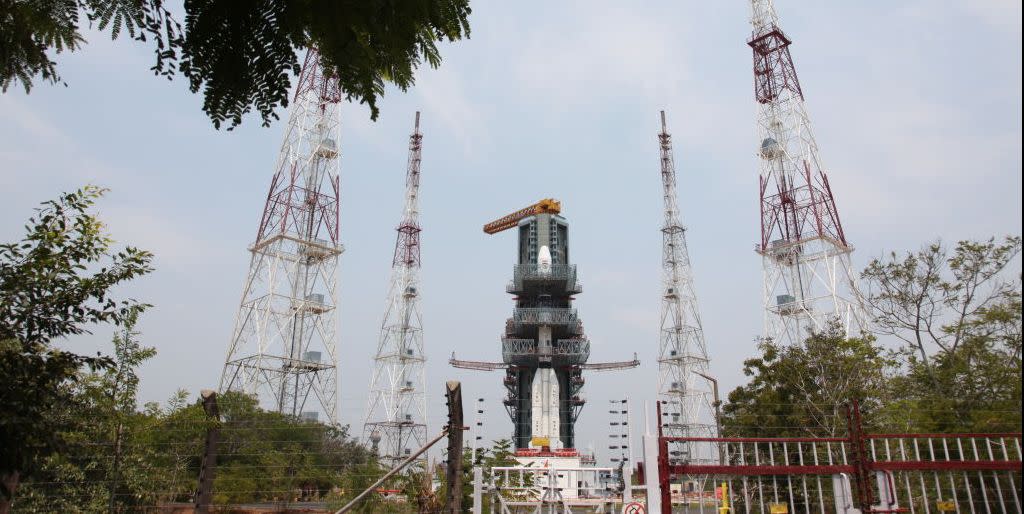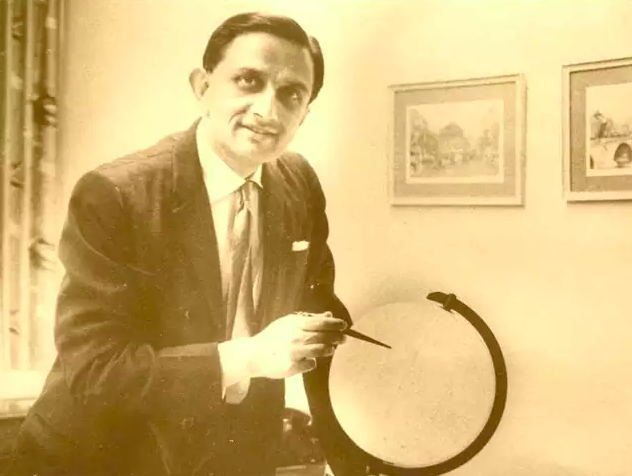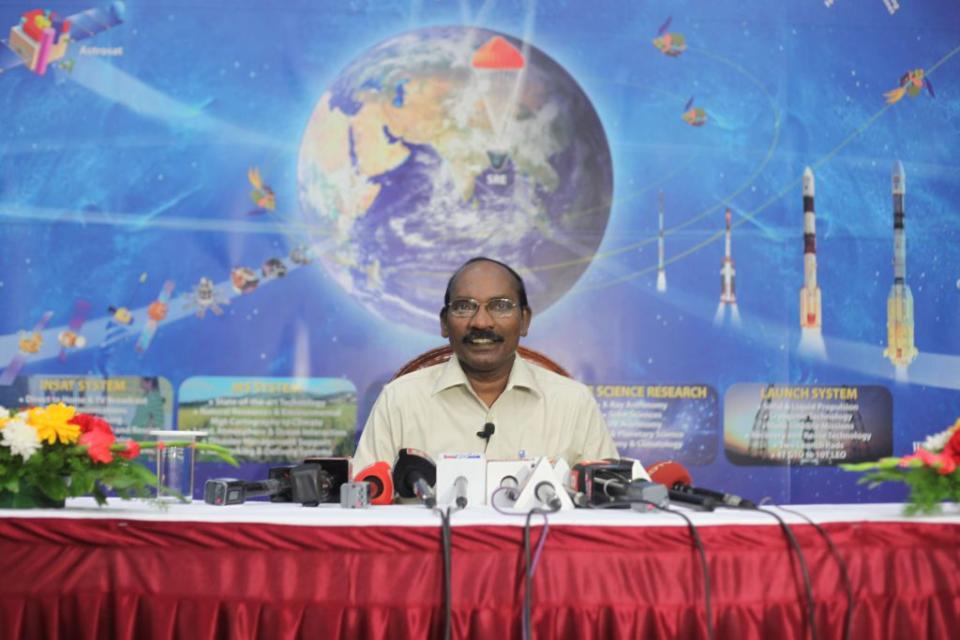India Is Going to the Moon in July

Chandrayaan-2 has a launch date. The Indian Space Research Organization (ISRO), the country's equivalent of NASA, has announced that its lunar lander will launch between July 9 and 16, 2019, when proper weather conditions present themselves. ISRO scientists expect the lander to touch down on the moon's surface around September 6.
🇮🇳#ISROMissions 🇮🇳#Chandrayaan2
“The launch of Chandrayaan-2 is planned on July 15, 2019 at 02.51 Hrs from Sriharikota. Soft landing of Vikram lander on lunar surface is likely to be on September 06, 2019" Dr K Sivan announced in today's Press Meet pic.twitter.com/5R8dneN3lF— ISRO (@isro) June 12, 2019
Once on the surface, scientists hope Chandrayaan-2 will follow in the steps of its predecessor, the lunar probe Chandrayaan-1, which never touched the surface in the search for water. But the mission wasn't futile; a NASA instrument aboard Chandrayaan-1 in 2009 found previously unknown widespread water molecules on the Moon.
Chandrayaan-2, which will explore the Moon's southern hemisphere, will also be looking for the isotope helium-3, which could be mined for use in nuclear fusion.
Launching on an Indian-built Geosynchronous Satellite Launch Vehicle Mark III (GSLV Mk III) rocket, Chandrayaan-2 has three modules: a lander named Vikram, the rover named Pragyan, and an orbiter. All were built in India. Between Pragyan and Vikram, the mission will carry 13 scientific payloads.


"Once Vikram lands on the lunar surface on September 6, rover Prayan will come out of it and roll out on the lunar surface for 300 to 400 meters (984 feet to 1312 feet)," ISRO chief K. Sivan said recently in a preview of a mission. "It will spend 14 Earth days on the moon carrying out different scientific experiments."
But first, Chandrayaan-2 has to land. And that's no small challenge, as the ISRO is well aware. They've seen recent attempts of lunar first-timers crash and fail, like the Israeli SpaceIL's Beresheet lander, which crashed minutes after taking a selfie on the harsh, lifeless surface.
🇮🇳#ISROMissions 🇮🇳#Chandrayaan2
The Challenges of Moon landing pic.twitter.com/mpMyC6vpgn— ISRO (@isro) June 3, 2019
If successful, India would become the fourth country in history to land on the Earth's only natural satellite. The exclusive club now includes only the United States, the Soviet Union, and China. Pressure around the globe is amping up to become the fourth—there's Israel again, Japan, Germany, South Korea, and the post-Soviet Russian Federation.
With a combination of scientific curiosity, business interests, and a sense of national pride on the line, the race to the moon will likely only grow more competitive in the coming years.
Anticipating a successful landing, India is already planning for beyond Chandrayaan-2. Next up for the world's largest democracy, home to around 1.3 billion people: a space station.
Sivan has announced that within 5 to 7 years, the country will be trying for a station in low-Earth orbit where astronauts can live "for 15 to 20 days," he says. That will come after the launch of a manned program, known as Gaganyaan. There's also Aditya-L1, a mission to study the Sun’s corona and how it affects Earth's climate.
That's a full docket for the ISRO, which means a successful Chandrayaan-2 mission won't be a culmination of the Indian space program, but the beginning.
You Might Also Like
